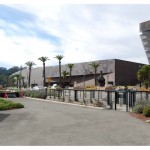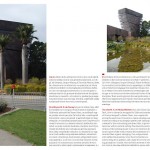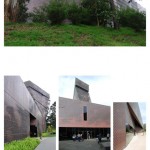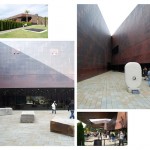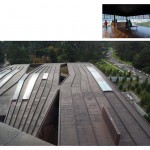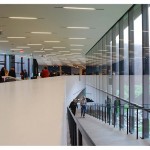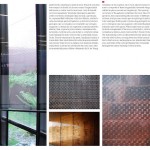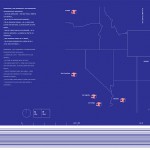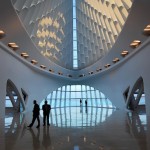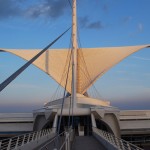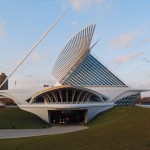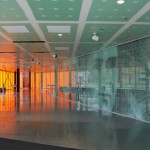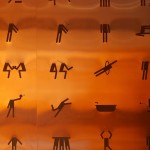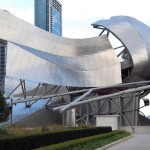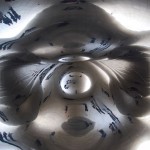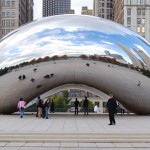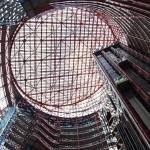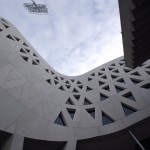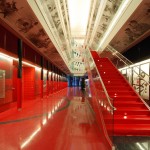book
American avant-garde. 50 years of architecture: from modernism to minimalism
13 American cities – from New York to Los Angeles. 60 famous architects – from Louis Kahn and Mies van der Rohe, to Frank Gehry and David Adjaye. 90 outstanding public buildings – from museums and libraries, to churches and research centers. 410 pictures taken directly from the source. Thousands of miles along and across a continent.
This volume is the outcome of my endeavors to offer those who practice architecture and the lay readers some significant landmarks and critiques on the American architectural phenomenon that has had tremendous influence on our current cultural background.
A term belonging to modernity par excellence, the notion of avant-garde implied from the start the concept of novelty, the critique of stereotypes and conventions, the displacement and the re-orientation of the aesthetical production towards the future. All through the 20th century, the avant-garde also involved a two-way transfer of concepts and attitudes between Europe and the United States. However, recently, the search for novelty globalized due to tourism, yet that did not only mean a wild rush for sensationalism but the rediscovery of one’s responsibility to the built environment.
Those architects presented in this volume do not only cover most of the important aesthetic trends or today’s mainstream, but also the experimental field. Modernism, late-modernism, postmodernism, deconstructivism, and minimalism were born indeed in America, a thing that many of us hardly know; this is why, I have developed a thorough analysis in order to explain concrete experience via approachable, yet not shallow interpretations. Thus, on the one hand, I have done my best to make the reader master some specific historical vocabulary and, at the same time, the relations among various practices and attitudes.
On the other hand, this book is written as a cultural log meant to describe some aspects of modernity that mark our urbane life and the way in which the public space is perceived. It brings back to the readers’ attention some classical modernist examples and, at the same time, rereads quite recent and remarkable achievements setting them against the background of modernist legacy. Given the ever-growing mobility and accessibility, this volume is devised like a guidebook for the young people, either students or architects who could visit the United States of America, inviting them to see those things worth visiting and understanding. All the architectural landmarks featured in my book can be visited (museums, multifunctional public centers, research centers, schools, libraries, sport edifices or worship places). From this perspective, this is a practical book to be taken on a study or pleasure trip.
What is more, half of the outstanding buildings I visited in the United States are designed by architects from other countries, trained in different cultural milieus. Today, people like to have architectural icons in the downtown of big cities, some icons with a huge impact on the citizens; however, it happens that not always significant and valuable architecture coincides with the formal spectacular view. More than once, behind forms, you can find various interpretations, texts about those objects, public opinions, and the professionals’ comments. This book develops a cross-interpretation of architecture, cultural theory, sociological references, and references to history of places or ideas. Architecture is not seen as a collection of abstract objects, but as a piece into a larger puzzle – the public space.
This volume was published with the support of the Romanian Chamber of Architects.
Edited by: Zeppelin & Editura Universitară „Ion Mincu”, Bucureşti.
Text & photo: Cosmin Caciuc. Publishers: Ştefan Ghenciulescu, Cosmina Goagea, Constantin Goagea.
372 pages, ISBN 978‑973‑1884‑60‑8


